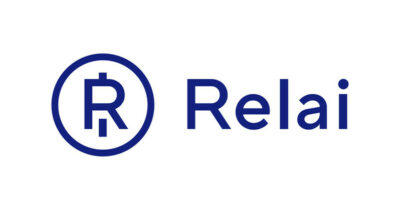![[Opinion] MiCA Regulation has shifted the competition to the supervisors](https://www.orwl.fr/wp-content/uploads/opinion-mica-regulation-has-shifted-the-competition-to-the-supervisors-1080x612.png)
[Opinion] MiCA: Regulation has shifted the competition to the supervisors
MiCA ended legislative shopping, but regulatory competition remains. Should Europe centralise supervision or foster specialised domestic regulators?
From “legislative shopping” to “regulatory shopping”
MiCA has established a single framework, but left 27 different hands on the licensing lever. The regulation entrusts the authorisation and supervision of crypto-asset service providers to domestic regulators, while ESMA is confined to convergence and technical standards. The result: procedures, timelines, documentary requirements and even implicit regulatory doctrine vary significantly from one Member State to another.
This heterogeneity is further aggravated by the “grandfather clause,” which allows providers active before 30 December 2024 to continue operating until 1 July 2026 — a transition period that each Member State may shorten or eliminate.
Malta illustrates this drift. In its fast-track peer review of 10 July 2025, ESMA noted that “several material issues remained unresolved at the time of authorisation” and that the MFSA only “partially meets expectations” regarding the licensing process.
More broadly, ESMA has warned CASPs against ambiguous marketing messages about their regulatory status, after observing both the speed of certain authorisations and the inadequacy of risk analysis. In other words, competition no longer plays out through flexible national legislation, but through the appetite (or caution) of regulators: speed of processing, tolerance for riskier models, and a stricter or looser reading of MiCA requirements.
A licence granted “fast and loose” inevitably spreads across the Union. Serious actors find themselves in unfair competition with those who have optimised regulatory arbitrage; investors, for their part, are not everywhere afforded the same level of protection. Faced with this race to the bottom, French regulators appear to be turning toward a call for ESMA to centralise the supervision of crypto-asset actors — a call first made in November 2024 and reiterated, in coordination with Austria and Italy, in September 2025.
Supervision by ESMA? A tempting but misguided option in practice
On paper, direct supervision by ESMA looks appealing. A single gateway, a uniform doctrine, greater transparency: the analogy with the new powers of the European Anti-Money Laundering Authority shows that a transfer of competences based on Article 114 TFEU is legally feasible. Admittedly, such centralisation would reduce uncertainty and limit procedural divergences. But two blind spots make this option counterproductive today:
- ESMA lacks both the staff and the infrastructure to immediately absorb the supervision of an extremely wide spectrum of actors – from early-stage start-ups to systemic groups. Even AMLA, with around 430 full-time equivalents planned, is calibrated for supervision limited to a subset of “systemic” players.
- If supervision is the same everywhere, a country’s comparative advantage would no longer stem from the quality of regulatory dialogue but only from extra-regulatory factors (taxation, labour costs, infrastructure). Why choose France if licensing is conducted in exactly the same way from Dublin, Valletta or Nicosia? Centralisation therefore risks shifting – not eliminating – competition, to the detriment of jurisdictions that aim to distinguish themselves through the quality of their supervision.
Not to mention that the centralisation wished for by certain regulators raises significant legal and political objections.
The realistic path: attractive and specialized domestic regulators
The solution is not to strip domestic regulators of their powers, but to help them evolve.
First, in their stance: transparency in criteria, clear practical guidelines, modern digital communication, commitments on processing times, and identified points of contact. These “soft” levers carry significant weight in the decision of a regulated actor to set up in a given jurisdiction.
Next, through specialization. A harmonised framework authorises – and indeed calls for – strategic differentiation:
- Paris is positioned to become the reference hub for stablecoins, market makers and prime brokers, at the crossroads of traditional finance, risk management and market infrastructures.
- Malta (for instance) can assume a focus on retail and high-risk activities, where its historical practice and ecosystem are already established.
This division is not a retreat, but the logical consequence of a common regulation: each Member State specialises in order to differentiate itself within a single market.
MiCA has put an end to “legislative shopping,” but not to “regulatory shopping.” Instead of a theoretical centralisation which, for lack of resources, risks weakening the entire European market, Europe would benefit from strong coordination and a clear embrace of specialization: domestic regulators that are well-equipped, transparent and attractive, working in concert with an ESMA acting as coordinator. Only on this basis will the Union avoid missing the emergence of a regulated crypto-asset market.
This article was first published in French in the newspaper La Tribune.



